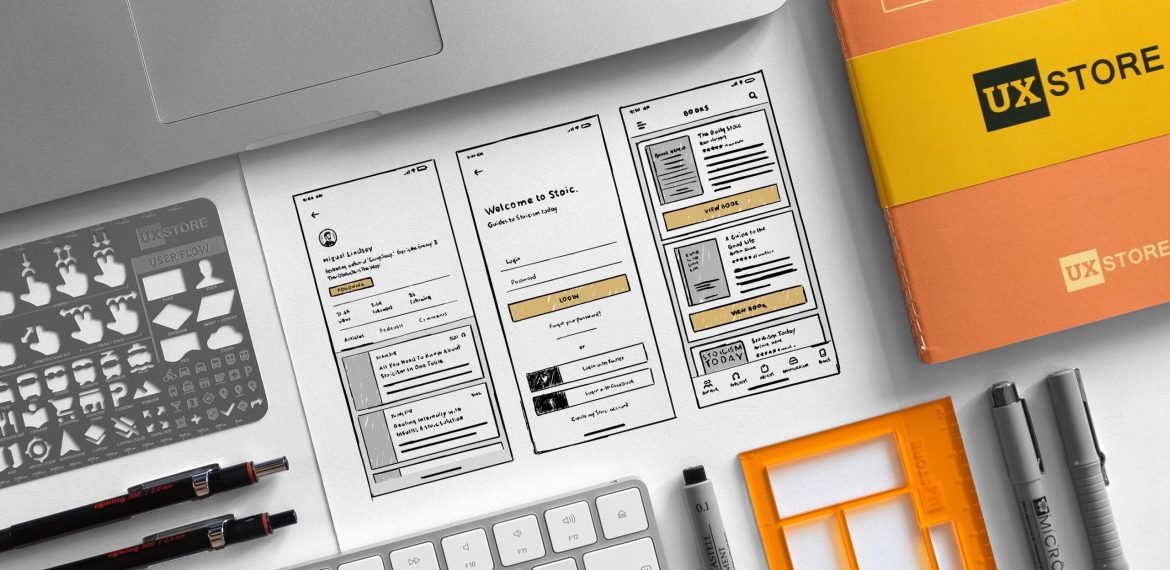
What is Design for?
What is Design for?
We can use design in various ways, making things more attractive, making them a little more effortless to use, and making them more marketable. Focusing on one design, maybe a single product, a simple image, could be considered an easy task.
Thinking small view of design is a relatively recent phenomenon and emerged in the latter half of the 20th century as design became a tool of consumerism.
So when we talk about design today, and particularly when we read about it, we´re often talking about products as:
amusing – yes
desirable – maybe
important – not so much.
But if we take a different view of design and focus less on the object and more on design thinking as an approach, we might see the result in a bigger impact.
Design thinking to solve problems and create world-changing innovations is the most important kind of design.
However, there are some basic ideas that I think can be observed and are helpful, and I´d like to write about some of those.
Design is human-centered, it may integrate technology, functionality, and economics, but it starts with what humans need, or might need. What makes life easier, more enjoyable? What makes technology useful and functional?
More than simply good ergonomics, putting the buttons in the right place, it´s often about understanding our customer, culture, or context and before we even know it, we start having ideas. So, when a team is going to be working on a new customer evaluation program, they want to understand what the aspirations and motivations of those needs are so they can visualize how they might play a role in evaluating their design. So if human needs are the place to start, then design thinking moves on to learning by creating. Instead of thinking about what to build, build to think. Now, prototypes speed up the process of innovation because it is only when we put our ideas out into the world that we really start to understand their strengths and weaknesses. And the faster we do that, the faster our ideas evolve.
Instead of seeing its primary objectives as consumption, design thinking is beginning to explore the potential of participation. The shift from a passive relationship between consumer and producer to the active engagement of everyone in experiences that are meaningful, productive, and profitable through design-functionality.
So I´d like to take the idea that Rory Sutherland spoke about, this notion that intangible things are worth perhaps more than a physical thing, and take that a little bit further and say that “I think the design to participatory systems, in which many more forms of value beyond simply image are both created and measured, is going to be the major theme, not only for design but also for the economy as we move forward.”
In these times of change, we need innovation, and new choices because our existing solutions are simply becoming obsolete.
So why design thinking? Because it gives us a new way of tackling problems. Instead of defaulting to our normal convergent approach where we make the best choice of available alternatives, it encourages us to take a divergent approach, to explore new alternatives, new solutions, and new ideas that have not existed before. But before we go through that process of divergence, there is an important first step.
And that is, what is the question that we´re trying to answer? That by focusing on the needs of humans and by using prototypes to move ideas along quickly, by getting the process out of the hands of designers, and by getting the active participation of the customer´s needs, we can tackle bigger and more interesting questions. By focusing on systems, we can have a bigger impact. So that´s one thing that we´ve been working on.
What kind of questions do we think design thinking could be used to tackle? And if you´ve got any ideas then feel free, you can post them on our page!

